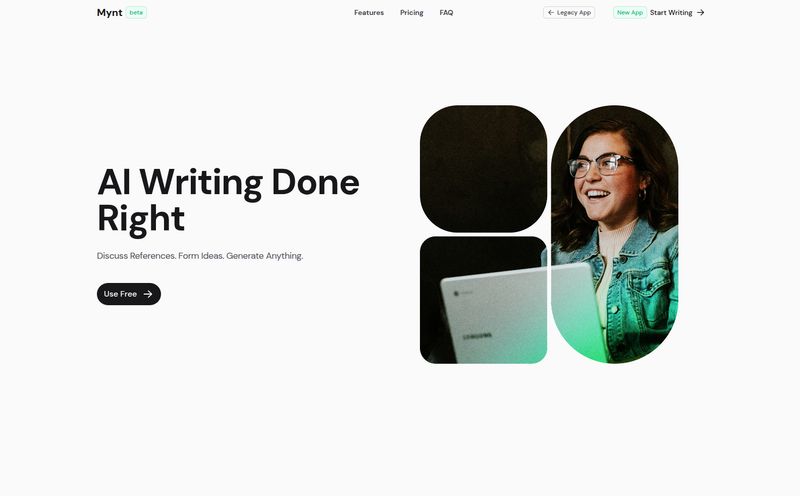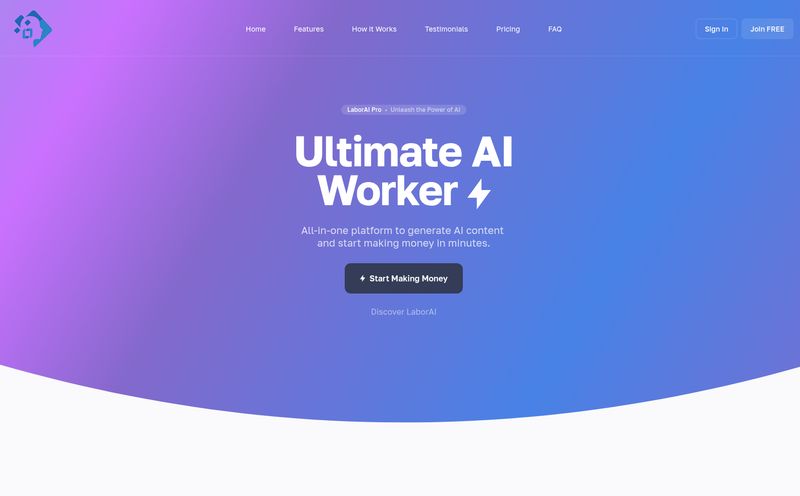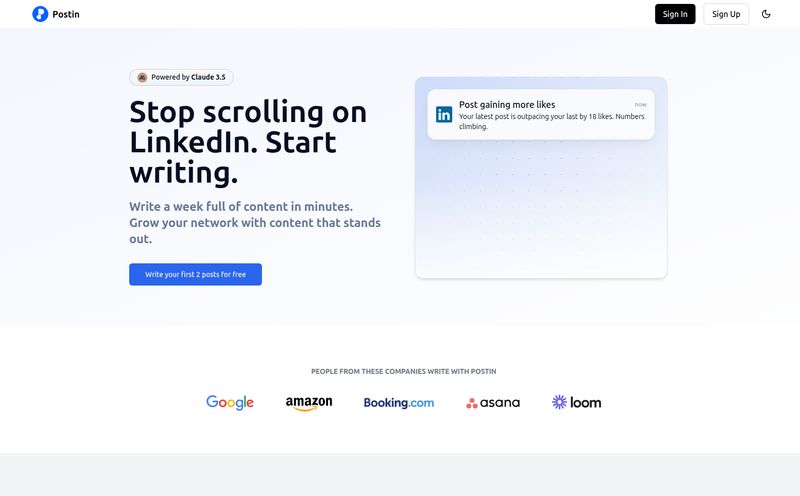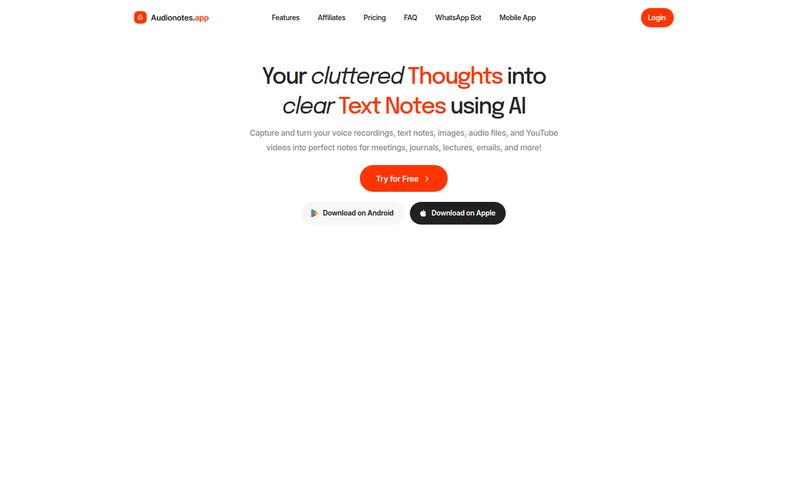If you're a product manager, a dev team lead, or heck, even a marketing person trying to figure out what the tech team is actually doing, you know the pain. The pain's name is Jira.
Now, don't get me wrong, Jira is a powerhouse for project management. It’s the digital equivalent of a massive, sprawling workshop where everything is tracked, ticketed, and put into a sprint. But trying to use it to talk to the outside world? To your customers? Your stakeholders? It's like trying to explain quantum physics using only interpretive dance. The information is in there, but it's buried under layers of jargon, ticket numbers, and comments that only make sense to the person who wrote them at 2 AM.
For years, I’ve watched teams struggle with this. The result is always the same: release notes that are days late, vague 'bug fixes and improvements' announcements that mean nothing, or worse, complete radio silence. You ship a great new feature, and it feels like a tree falling in an empty forest. This is where I started hearing whispers about a tool called Released, and my curiosity was definitely piqued.
So, What Exactly Is This 'Released' Thing?
At its heart, Released is a product communication platform built specifically to play nice with Jira. Think of it as a friendly, charismatic translator that stands between your complex Jira projects and the people who need to know what’s going on. It takes all those dense tickets, epics and sprints and helps you spin them into beautiful, easy-to-understand roadmaps, release notes, and feedback portals.
It’s designed to be a central hub for all your product communication. No more copy-pasting from Jira to a Google Doc, then to a blog post, then to an email. Ugh. The goal here is to stop the madness and automate the tedious parts so you can focus on, you know, building a better product.
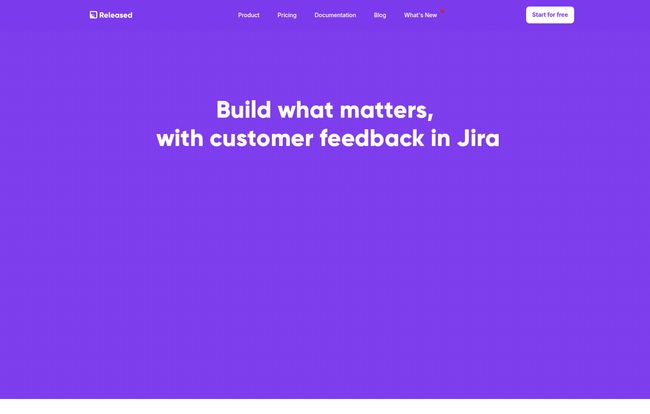
Visit Released
Turning Jira Chaos into Clean Roadmaps
One of the first things that grabbed my attention was the ability to share Jira roadmaps. Public roadmaps are more than just a trend; they’re a statement of transparency. They build trust and turn users into a community. But creating them manually is a nightmare. Released hooks directly into your Jira instance and lets you create and share tailored roadmaps. You can literally pull from multiple projects to show a high-level view for stakeholders or a more granular one for power users. It's pretty slick.
Product Updates That Magically Write Themselves
Okay, this is the part that feels a little bit like black magic. The AI-powered release notes. We’ve all seen AI writing tools, and let’s be honest, they can be a mixed bag. But the approach Released takes is smart. It doesn’t just invent text out of thin air; it uses the context from your Jira tickets—the descriptions, the summaries, the comments—to generate a first draft of your release notes.
Does it need a little human touch and polish? Yeah, usually. But it gets you 90% of the way there in seconds. It saves hours. I was talking to a PM friend who uses it, and she said, and I quote, "It turned my most-hated monthly task into a 10-minute job." That's a powerful testimonial.
A Single Place for All That Precious Feedback
Closing the loop is everything in product development. You ship something, you get feedback, you iterate. Released provides a portal where users can not only see what's new but also submit their own ideas and comments directly. This feedback can then, presumably, be linked back to or used to create new Jira tickets. It stops great ideas from getting lost in a random Twitter DM or a forgotten support email. It creates a direct line from your user's brain to your development backlog.
The Good, The Not-So-Good, and The Jira of it All
No tool is perfect, right? Let's break it down. After playing around and reading up, here’s my balanced take. This isn’t just a list of pros and cons, its a realistic look at what you're signing up for.
| The Wins | The Catches |
|---|---|
| It genuinely simplifies things. The core promise of turning Jira tickets into customer-facing comms is delivered. The automation is a massive time-saver for busy teams. | You're tied to Jira. This is its greatest strength and its main limitation. If your team doesn't live and breathe Jira, this tool is obviously not for you. |
| Seamless Atlassian Integration. It uses Atlassian user management, so security is baked in and aligns with your existing setup. No new password headaches for your team. | The AI needs a co-pilot. While the AI is impressive, you can't just blindly hit 'publish'. You'll still need to review and tweak the text to match your brand's voice perfectly. |
| Customizable & Branded Portals. You can make your release portal look like your product, not some generic third-party page. This is huge for brand consistency. | Initial setup might take a minute. Like any powerful tool, you'll need to spend a little time configuring it to get the most out of it. It's not a one-click-and-done solution (and thats probably a good thing). |
And Now for the Million-Dollar Question: What's the Pricing?
Here's where things get a bit mysterious. As of my review, Released doesn't splash its pricing all over the homepage. This is pretty common for B2B SaaS tools that target a range of company sizes. It often means pricing is tiered based on factors like the number of users, the number of projects you connect, or premium features.
My best guess? You're looking at a model that scales with your company. To get the real numbers, you’ll have to head over to their site and likely start a trial or get in touch with them. While I always prefer transparent pricing, this approach does allow them to tailor a plan that fits, from a small startup to a large enterprise.
Don't Just Take My Word For It
The landing page is full of praise from companies that are in the trenches, building products. This is the kind of social proof I love to see. It’s not just marketing fluff.
"Its a real time-saver, easily 10 times faster than starting from scratch and very easy to use. Give it a go. You won't be disappointed." – Daniel Franz, 3stax
"It took me less than 10 minutes from the moment you install the app to the moment you're publishing your first release notes." – Jaro Cabaeu, Parcell
When you see comments about saving time and being easy to use, you know they've solved a real problem. The quote from Parcell is particularly telling—getting value in under 10 minutes is the holy grail for any new software adoption.
My Final Verdict: Is Released Worth Your Time?
So, here’s the bottom line. If your team is deeply embedded in the Atlassian ecosystem and you feel the constant, nagging pain of product communication, then yes, absolutely. Released seems like a brilliantly focused solution to a very specific, and very common, problem.
It's not trying to be everything to everyone. It’s a tool for product builders who want to bridge the communication gap without adding another dozen steps to their workflow. The AI component is more than a gimmick; it’s a practical time-saver that tackles the worst part of the job—the blank page.
For product managers, this could be the tool that finally lets you maintain a regular, insightful cadence with your users, turning your release notes from a chore into a powerful engagement and retention channel. And in my book, that’s a massive win.
Frequently Asked Questions about Released
- 1. What is Released in a nutshell?
- Released is a product communication platform that integrates with Jira. It helps teams create and share public roadmaps, automate the writing of release notes using AI, and collect user feedback in one centralized, branded portal.
- 2. Do I absolutely need a Jira subscription to use it?
- Yes. Released is designed from the ground up to work with Jira. Its main function is to pull information from your Jira projects, so a Jira Cloud subscription is a prerequisite.
- 3. How good is the AI for generating release notes?
- It's very effective as a starting point. It uses the context within your Jira tickets to create a solid first draft. However, for the best results, you should expect to do some light editing to refine the tone and add your own flair.
- 4. Can I customize the appearance of my release notes and roadmap?
- Yes, the platform offers customization options to let you brand your product portal. You can add your own logo, colors, and styling to ensure it matches your company's brand identity for a consistent user experience.
- 5. How does Released handle security and user access?
- It integrates directly with Atlassian's user management and security practices. This means user authentication can be handled via Atlassian ID, Google, or email, inheriting the security and permissions you already have in place, which is a significant advantage for teams already in that ecosystem.
- 6. Who is the ideal user for this tool?
- The ideal user is a Product Manager, Product Marketing Manager, or a development team lead at a company that uses Jira Cloud for its product development. If you are responsible for communicating product updates to customers and internal stakeholders, this tool is built for you.
